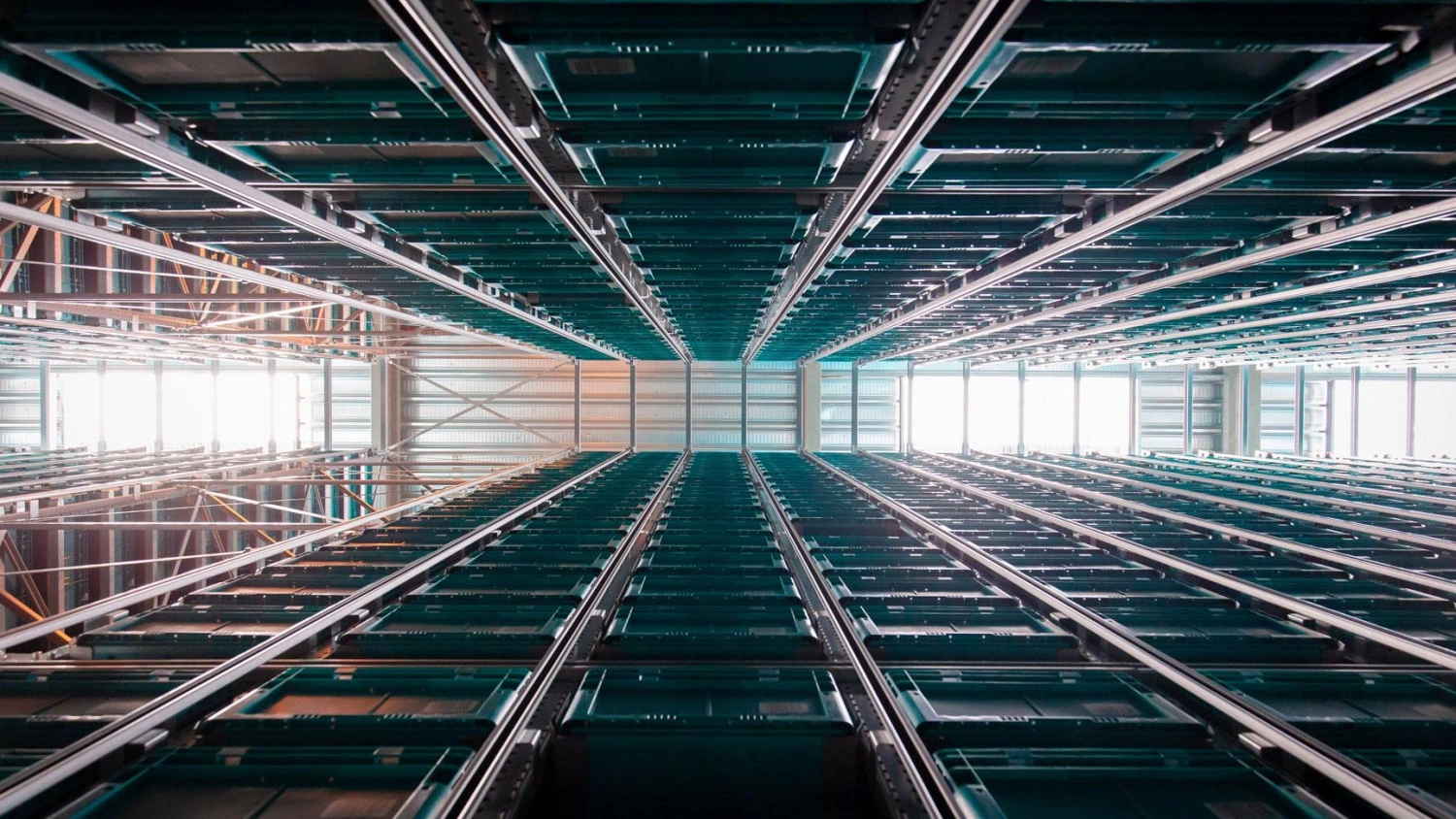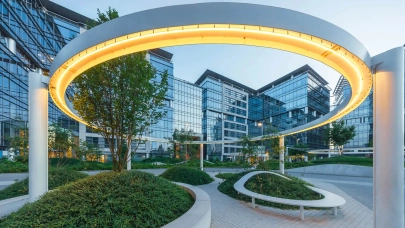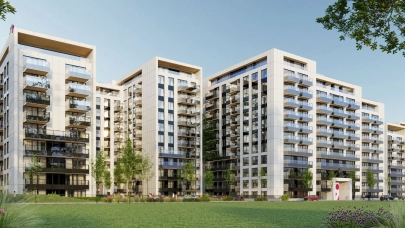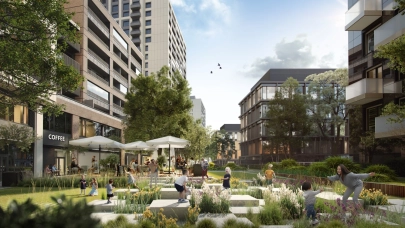
While the leasing of industrial spaces crossing for the first time the 1 million sqm milestone in 2022, the deliveries of new projects will total around 550,000 sqm during this year, which should take the total stock to a fresh high of 7 million sqm, according to real estate consultancy CBRE.
On this backdrop, there are some major trends that are set to shape the development of the local market this year and beyond.
The first one is the agility and flexibility of intermodal transport that can shape delivery times for tenants of industrial projects. With the 3 geographically strategically located projects in Constanta (air/rail/sea/road), Decea (rail/road), and Oradea (air/road), access to the region, the whole country or overseas is considerably improved for those accessing this transport mix.
Secondly, the East/North-East submarket is starting to attract more investments as the infrastructure is developed. Estimates show that this area will continue to grow and take 3rd place, with about 18% of the total volume of new deliveries in 2023. In addition, new logistics projects have been announced this year in the region, mainly in Iași.
Thirdly, Romania has the potential to attract new investment, especially in manufacturing, from companies that are doing nearshoring. The strategic geographical positioning that Romania has, but also the fact that the local market has competitive leasing prices are the main advantages that will lead to the development of the industry, suggest CBRE’s consultants.
Bucharest and the West/North-West region, the most developed industrial areas in the country, will continue to remain the main poles and will attract the largest share of stocks. Currently, the two regions accumulate 68% of the total industrial surfaces under construction, adds the agency.



